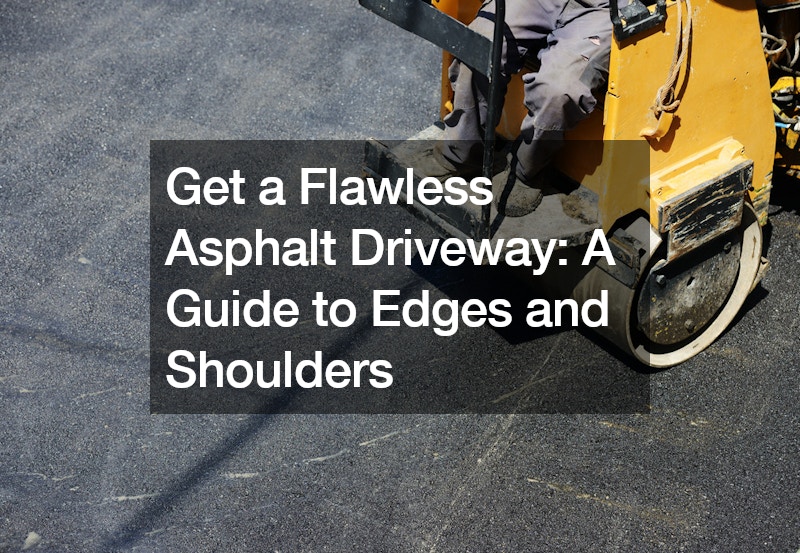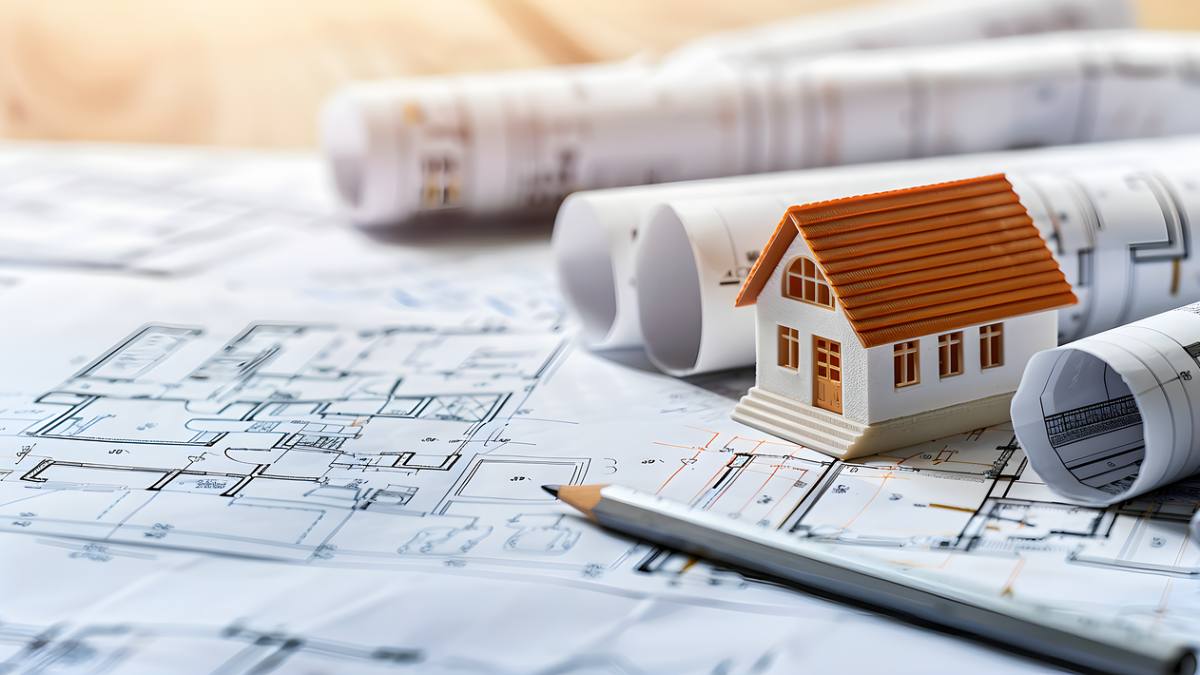
Get a Flawless Asphalt Driveway A Guide to Edges and Shoulders
Asphalt driveways are a popular choice for homeowners due to their durability, affordability, and relatively low maintenance requirements. However, achieving a flawless asphalt driveway goes beyond just the quality of the asphalt itself. The edges and shoulders are two crucial aspects that often lead to confusion and potential issues.
Understanding these elements and their proper execution is essential for a long-lasting and visually appealing asphalt driveway.
Understanding Asphalt Edges:
The term “asphalt edge”; can refer to two distinct elements:
The Asphalt Edge Itself: This refers to the literal, physical edge of the laid asphalt. During installation, the asphalt crew uses large pavers to lay down the asphalt. The question arises: should these edges be compacted along with the rest of the asphalt surface? There are two schools of thought on this:
Compacted Edges: Some asphalt companies use loop rakes, similar to those used for smoothing the asphalt surface, to compact the edges as well. This might offer slightly increased durability but is primarily done for a cleaner, more finished look.
Uncompacted Edges: Other companies skip the edge compaction step to save time and labor costs. While uncompacted edges might be slightly less aesthetically pleasing, they generally don’t experience significant durability issues.
The decision to compact the edges ultimately comes down to personal preference and budget. If a clean, finished look is a priority, then compacted edges might be a worthwhile investment. However, if budget is a major concern, uncompacted edges are a viable option.
The Importance of Asphalt Driveway Shoulders:
The second aspect often confused with asphalt edges is the shoulder. This refers to the area bordering the asphalt where the edge meets the soil or other surrounding material. A proper shoulder serves two critical purposes:
Prevents Damage: Leaving the asphalt edge exposed without a proper shoulder can lead to problems. When vehicles drive off the edge, the unsupported asphalt can crack or chip, compromising the driveway’s integrity.
Creates a Smooth Transition: A well-constructed shoulder provides a smooth transition between the asphalt and the surrounding area. This makes it easier for vehicles to enter and exit the driveway without jolting or scraping.
Addressing the Asphalt Driveway Shoulder:
Here’s how a proper shoulder is typically addressed during asphalt driveway installation:
Grading: The driveway area is graded during the initial preparation for the asphalt. This process often involves leaving a windrow of soil along the sides where the asphalt will be laid.
Compacting the Asphalt: Once the asphalt is laid and compacted, the asphalt crew uses shovels and rakes to pull the leftover soil or base material (crushed rock) up against the edge of the asphalt.
Matching the Height: The pulled-up material should be leveled to match the height of the asphalt surface. This creates a seamless transition and a strong support structure for the edge.
Benefits of a Proper Shoulder:
The benefits of a properly constructed shoulder for your asphalt driveway are numerous:
Enhanced Durability: A strong shoulder minimizes the risk of cracking or chipping along the asphalt edge, extending the lifespan of your driveway.
Improved Functionality: The smooth transition provided by the shoulder makes it easier and safer to enter and exit the driveway with your vehicle.
Aesthetics: A well-defined shoulder with proper materials like gravel or landscaping can add a finished touch to your driveway, enhancing its visual appeal.
Considerations and Next Steps:
Discussing Options with Your Contractor: Before finalizing your asphalt driveway contract, discuss your preferences regarding edge compaction and shoulder construction with your chosen contractor.
Shoulder Material: While soil can be used for the shoulder, consider more permanent options like crushed rock or gravel. These materials offer better drainage and prevent erosion.
Landscaping the Shoulder: Asphalt companies typically don’t handle landscaping the shoulder area. You can do this yourself before or after the asphalt installation (once cured).
By understanding the distinction between asphalt edges and shoulders and by ensuring their proper execution during installation, you can ensure a flawless asphalt driveway that offers both functionality and aesthetics for years to come. A little knowledge about these seemingly minor details can make a significant difference in your asphalt driveway’s overall quality and longevity.
.




